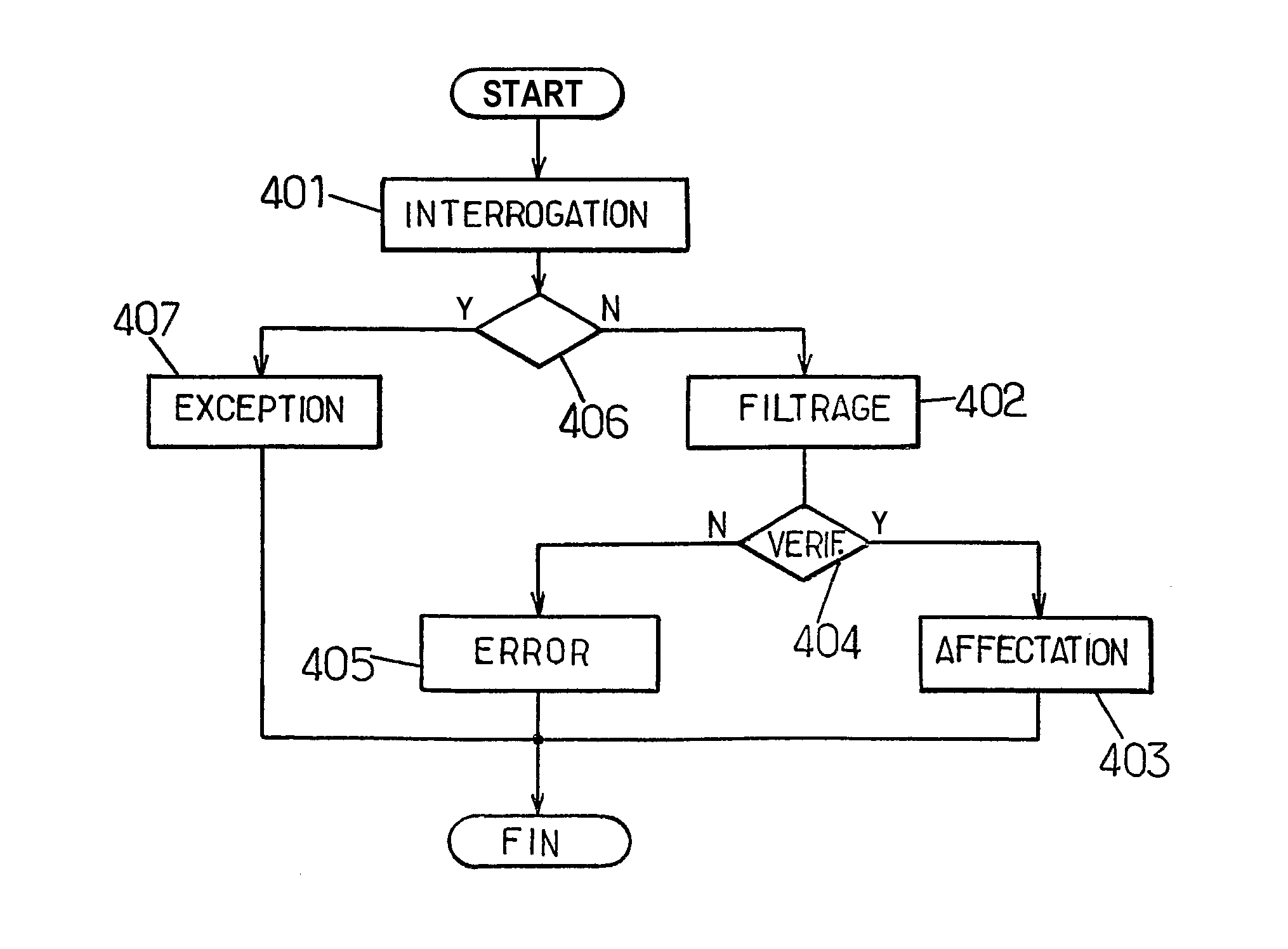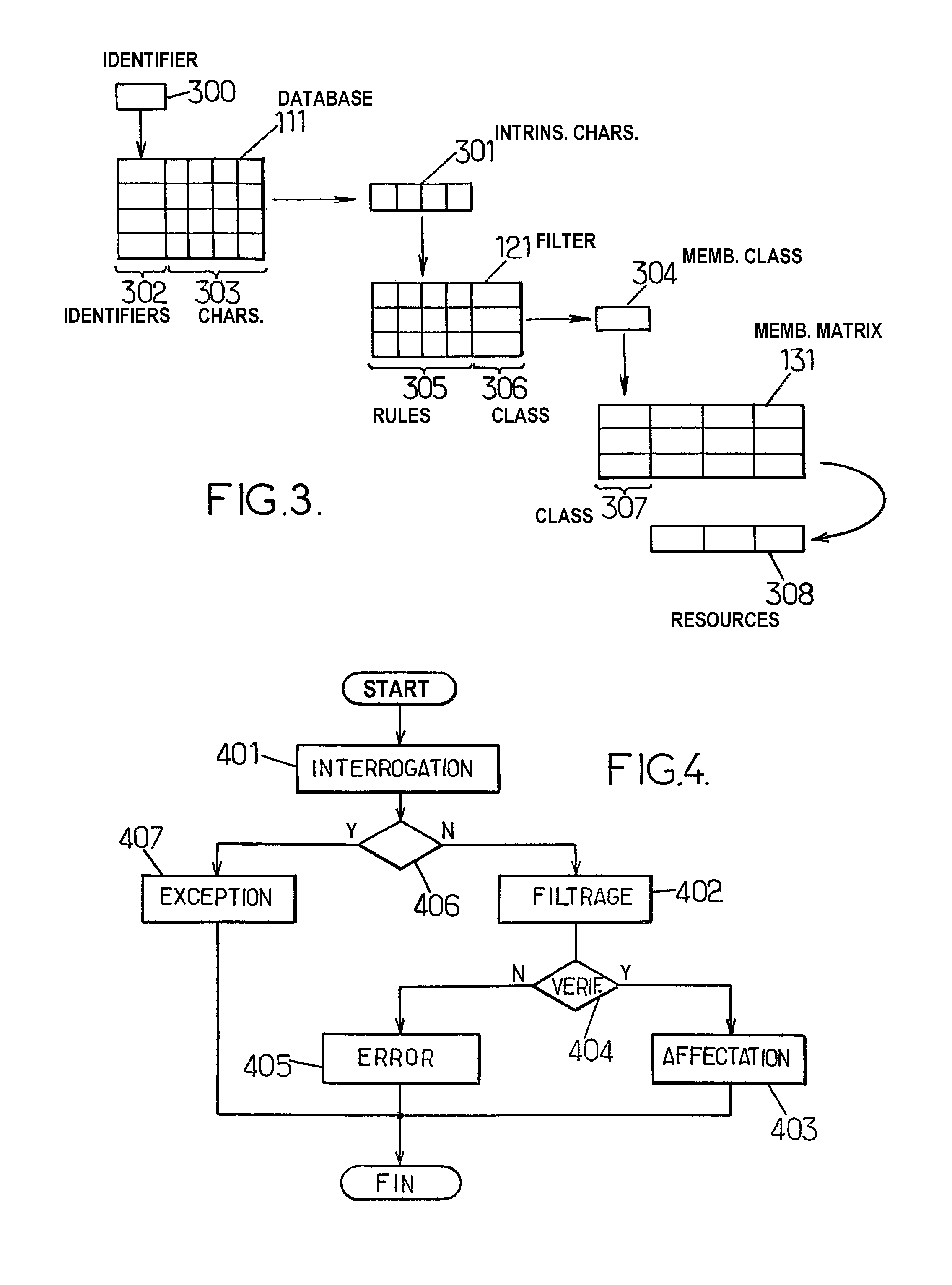Source allocation system, program and method
a technology of source allocation and source allocation, applied in the field of automatic industrial processes, can solve problems such as the problem of keeping databases updated, and achieve the effect of more flexibility in reactivity and sufficient flexibility of us
- Summary
- Abstract
- Description
- Claims
- Application Information
AI Technical Summary
Benefits of technology
Problems solved by technology
Method used
Image
Examples
Embodiment Construction
[0033]Processes can be very complex and numerous models allow them to be represented. As the invention is independent of the number and complexity of the processes used, reference is made to one model and simplified examples in order to aid the comprehension of this document. The invention can be applied to all processes and it becomes increasingly advantageous as the implementation of the process becomes more complex.
[0034]FIG. 1 shows a simple breakdown of an industrial process into three tasks T1, T2 and T3. The process can of course be more complex and can carry out tasks in parallel, such as shown in dotted line with the task T′2. A processing system 100 interacts with the tasks T1 to T3 in order to ensure the correct running of the process. It is at the processing system 100 that are located the databases allowing the resource allocations.
[0035]The processing system 100 is a computer system constituted by one or more computers making it possible to retain the data of the compa...
PUM
 Login to View More
Login to View More Abstract
Description
Claims
Application Information
 Login to View More
Login to View More - R&D
- Intellectual Property
- Life Sciences
- Materials
- Tech Scout
- Unparalleled Data Quality
- Higher Quality Content
- 60% Fewer Hallucinations
Browse by: Latest US Patents, China's latest patents, Technical Efficacy Thesaurus, Application Domain, Technology Topic, Popular Technical Reports.
© 2025 PatSnap. All rights reserved.Legal|Privacy policy|Modern Slavery Act Transparency Statement|Sitemap|About US| Contact US: help@patsnap.com



